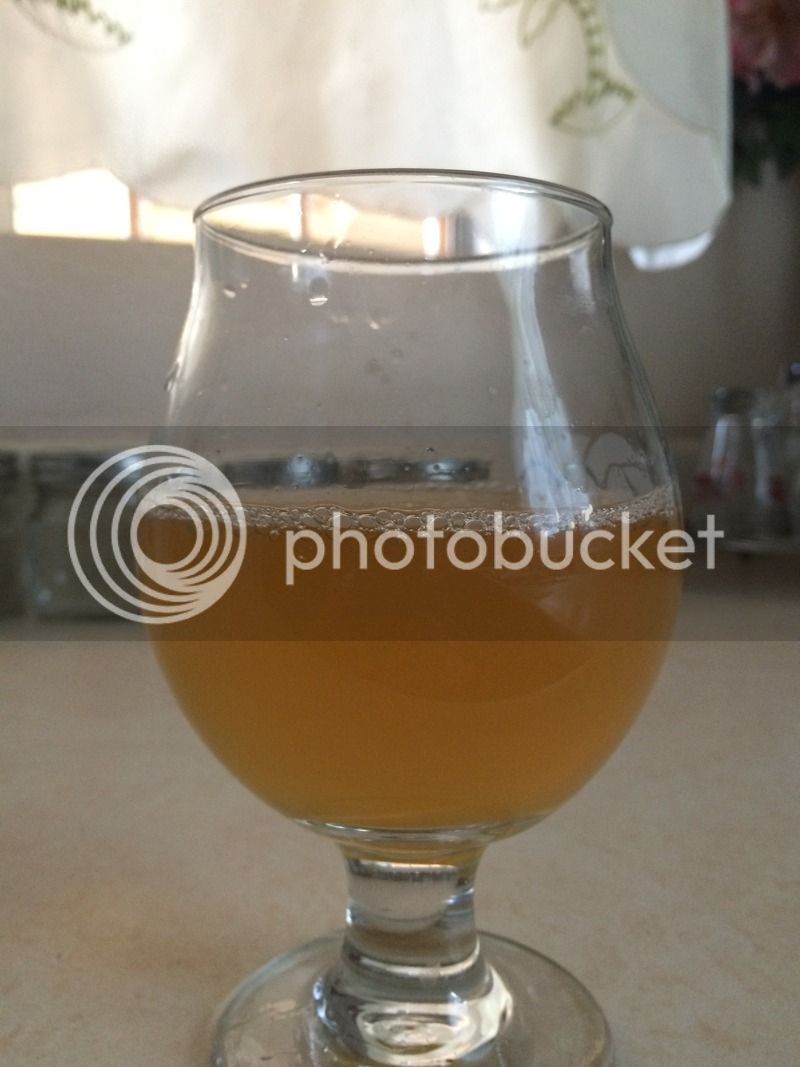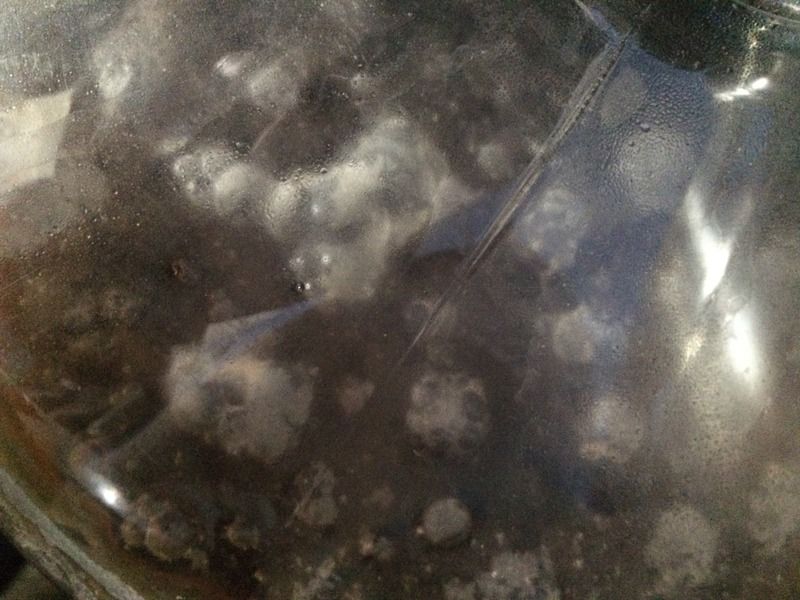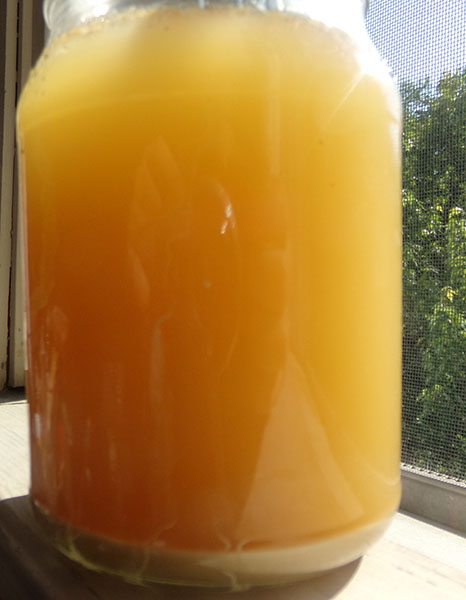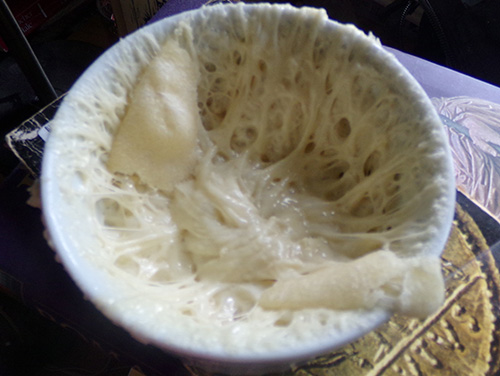I harvested my own yeast from the air a few months back and with it have made fermented beverages and some of the best tasting bread I've ever had. I thought it was kind of odd that people were using agar and whatnot, basically over complicating a very simple process (people have been making bread and beer for a long long long time...), but hey to each his own. I'll just relay what I did. If you're broke like me it's nice because all you need is a glass jar / drinking apparatus. It should be glass so you can see what's going on in there
First I put some water in a cleaned our salsa jar. Then I dumped a spoonful of sugar in it. Then I dumped some ginger juice in (fresh squeezed) because I was intending to make ginger beer. In retrospect, this is probably very important for preventing mold growth, since ginger has a ph in the 5 range. I'd recommend a squirt of lemon juice. Then I put cheesecloth over the top and let it sit on a windowsill open to the late spring air.
I added sugar every day. Maybe a little over a teaspoon. After a few days there was some precipitate in the solution. There was tan crap and white crap on top of the tan crap. I'm guessing the tan crap was bacteria or ginger particles, because I couldn't be arsed to strain it, who knows really, and I'm pretty sure the white crap was yeast. Here's a picture of the precipitate in the highly advanced setup. You can see the white crap on top of the other crap.
After a few days there were some bubbles clinging to the side of the jar, then I never saw them again and to this day I don't. When I stirred the solution it smelled kind of funky. Not bad, like **** scented bacteria, just sort of funky. Can't really explain it. After perhaps a week and a half of giving it a little sugar and a stir every day, it started getting foamy when I stirred it.
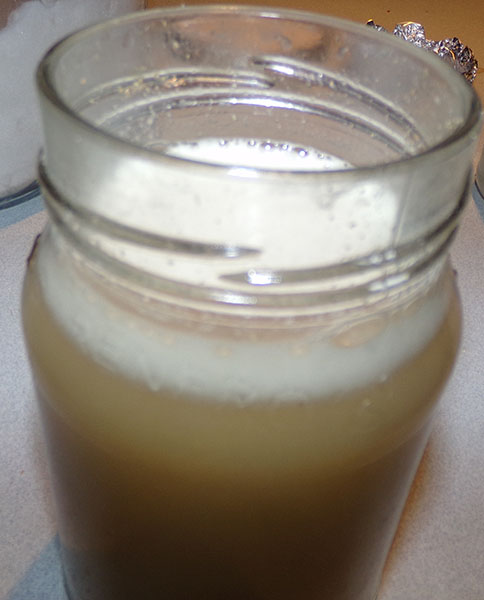
Looks like piss eh? The smell evolved too. By the end of two weeks it smelled almost yeasty, like bread yeast, and the other funky smell was completely gone. I figured if it smelled like yeast, it was good to go. I'm guessing the yeast outpaced whatever the hell else was living in there. I dumped 3/4ths of the concoction into a ginger beer mixture (more water, ginger juice, lemon juice, sugar) and bottled it. Plastic soda bottles of course, because I'm a poor bastard and can't afford a fancy bottling operation. I had good fermentation within a week, rock hard bottles. I tasted the stuff a month later and it was excellent, perhaps 2% alcohol if I had to guess. Probably could have gone higher, but I stuck it in the fridge after two weeks because I didn't want all the sugar to get eaten.
I saved the remaining 1/4 of the starter, moved it to a clean jar, filled it the rest of the way with water, and repeated the process. Fed it every other day this time, stored it in the 60F basement with a tin foil lid to keep it nice and happy. The smell hasn't changed from bready. When I make actual bread with it, I just dump a few spoonfulls of it into a little container with flour and let it sit for a day or two, then knead it into yeastless bread dough. As you can see in the pic, that yeast is damn hungry. It makes wonderful sour dough, nice and acidic, so there's a happy symbiotic relationship going on in my jars. (I have multiple now, like yeast, they reproduce over time)
I think that's all I have to say. If there's anything to take away from this post, it's that all you need for easy yeast is a jar and some sugar water. It's fun and easy to do and I think it's a shame that more people don't have their own personal yeast "plant".



